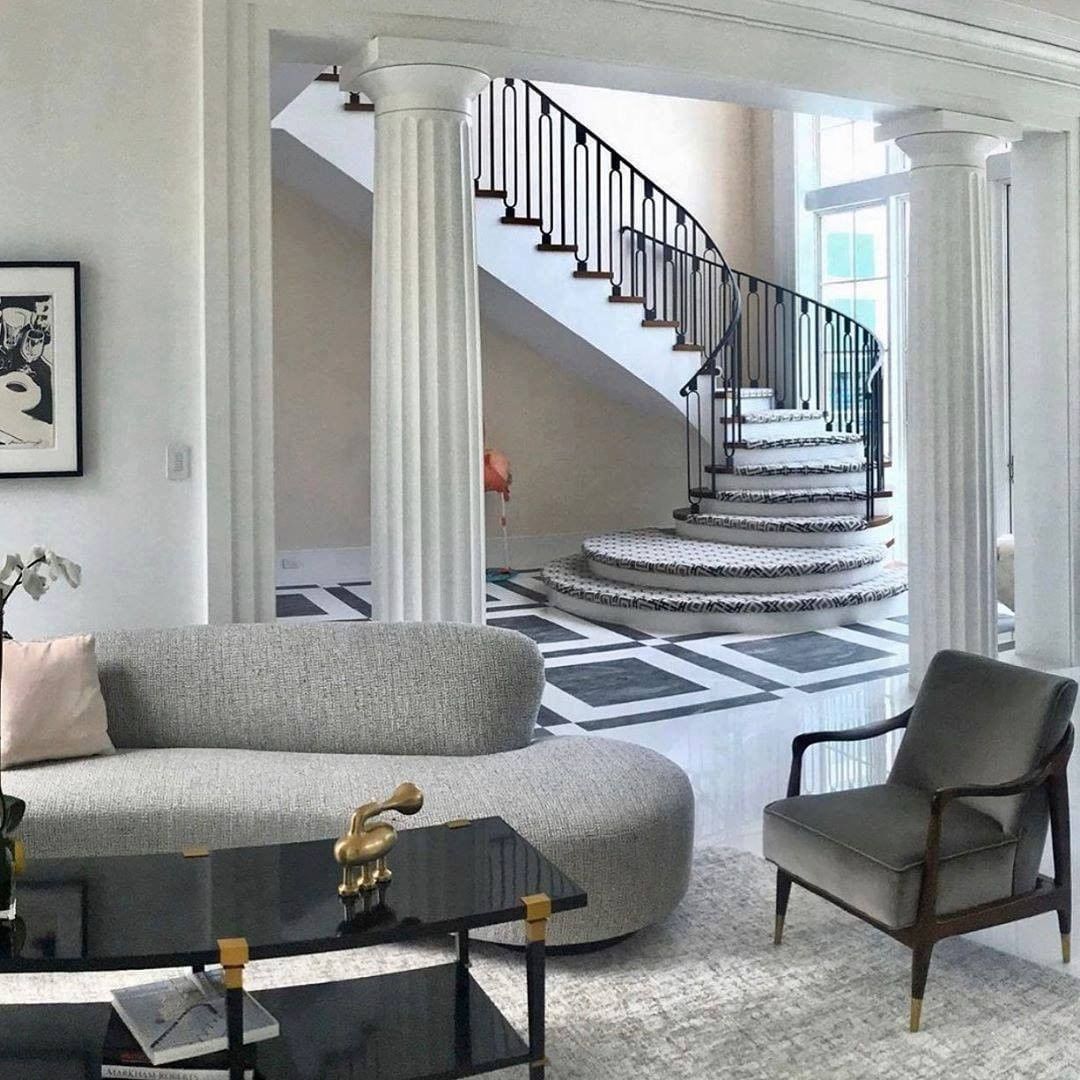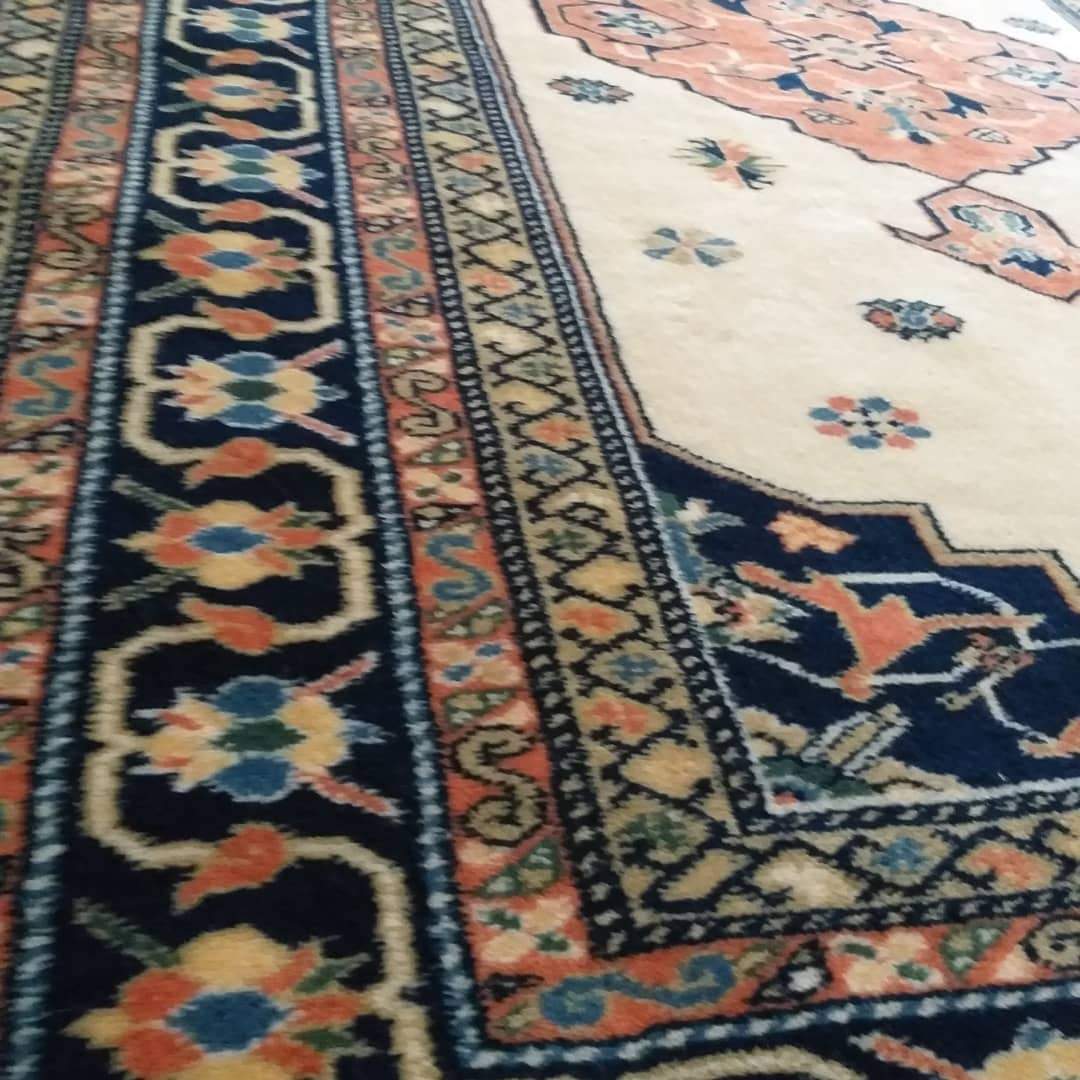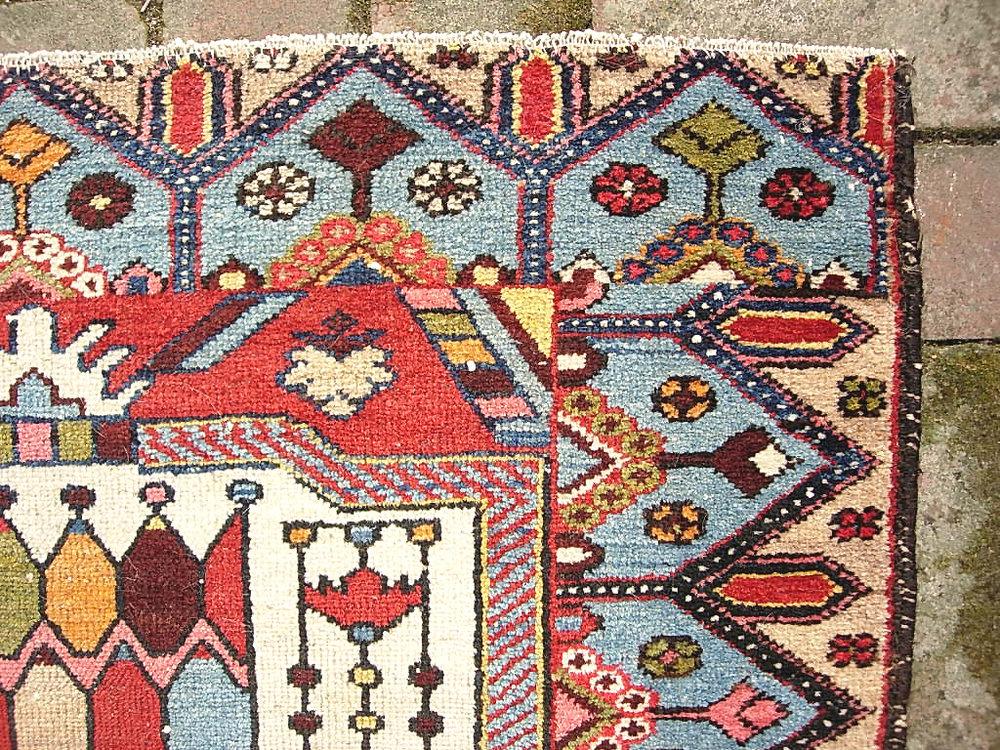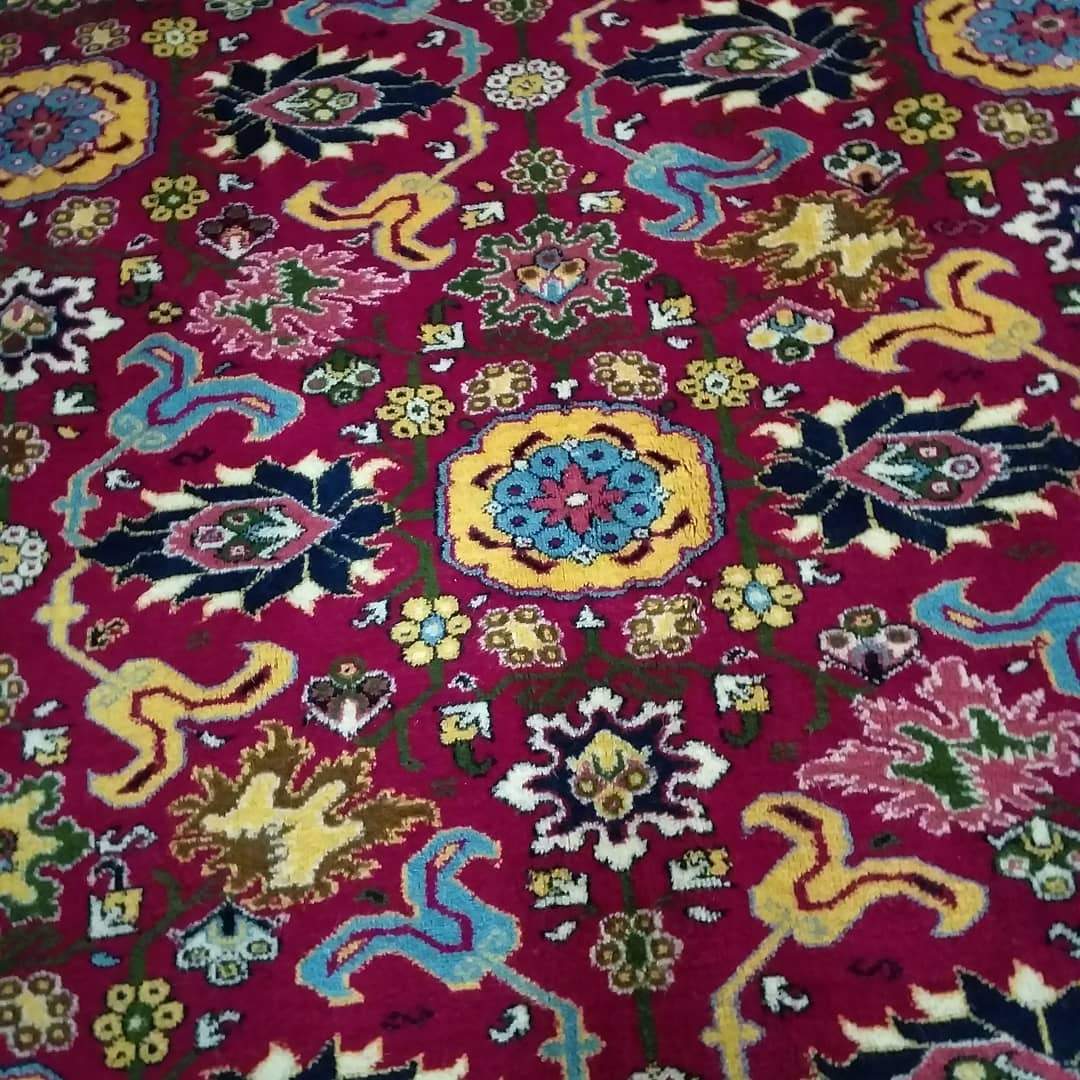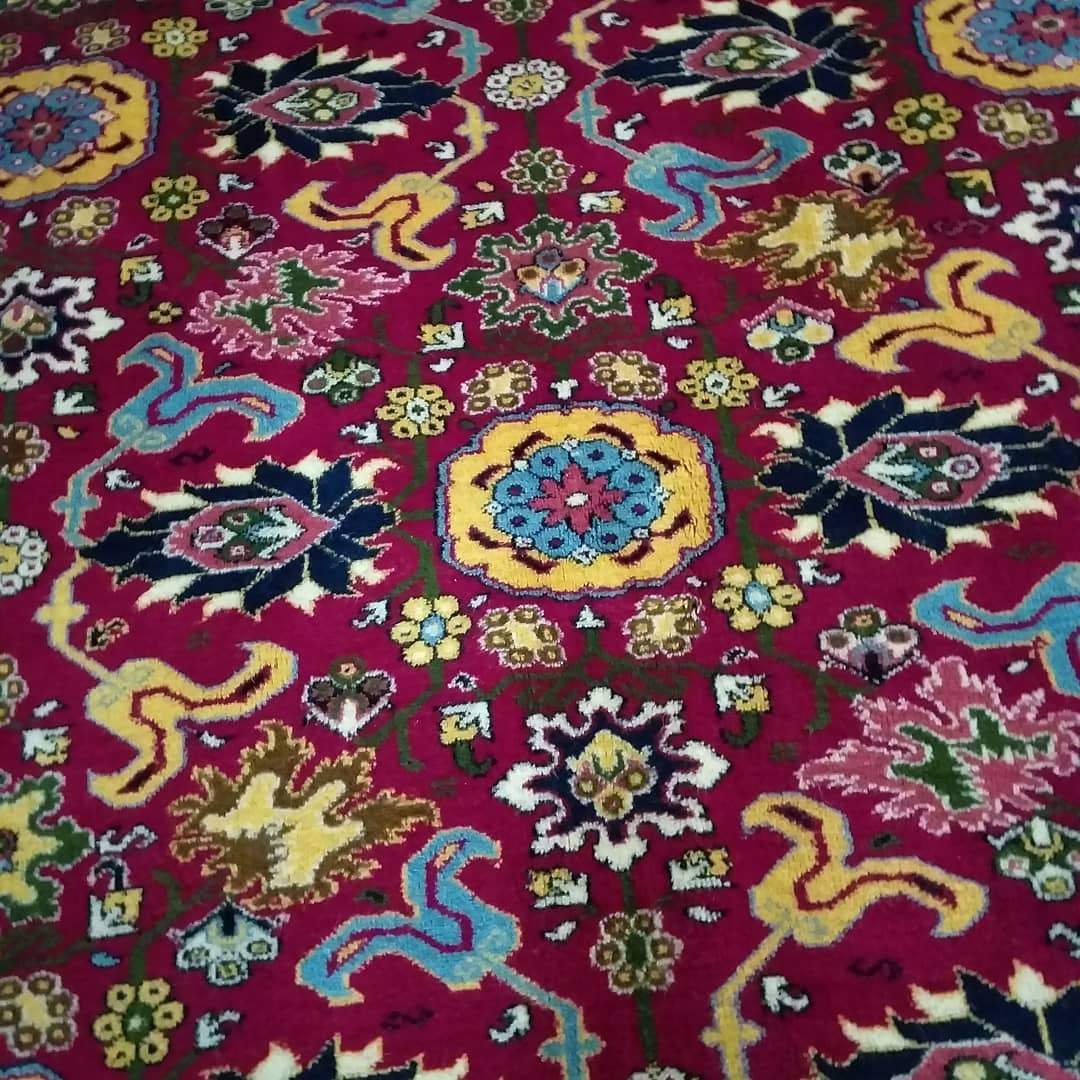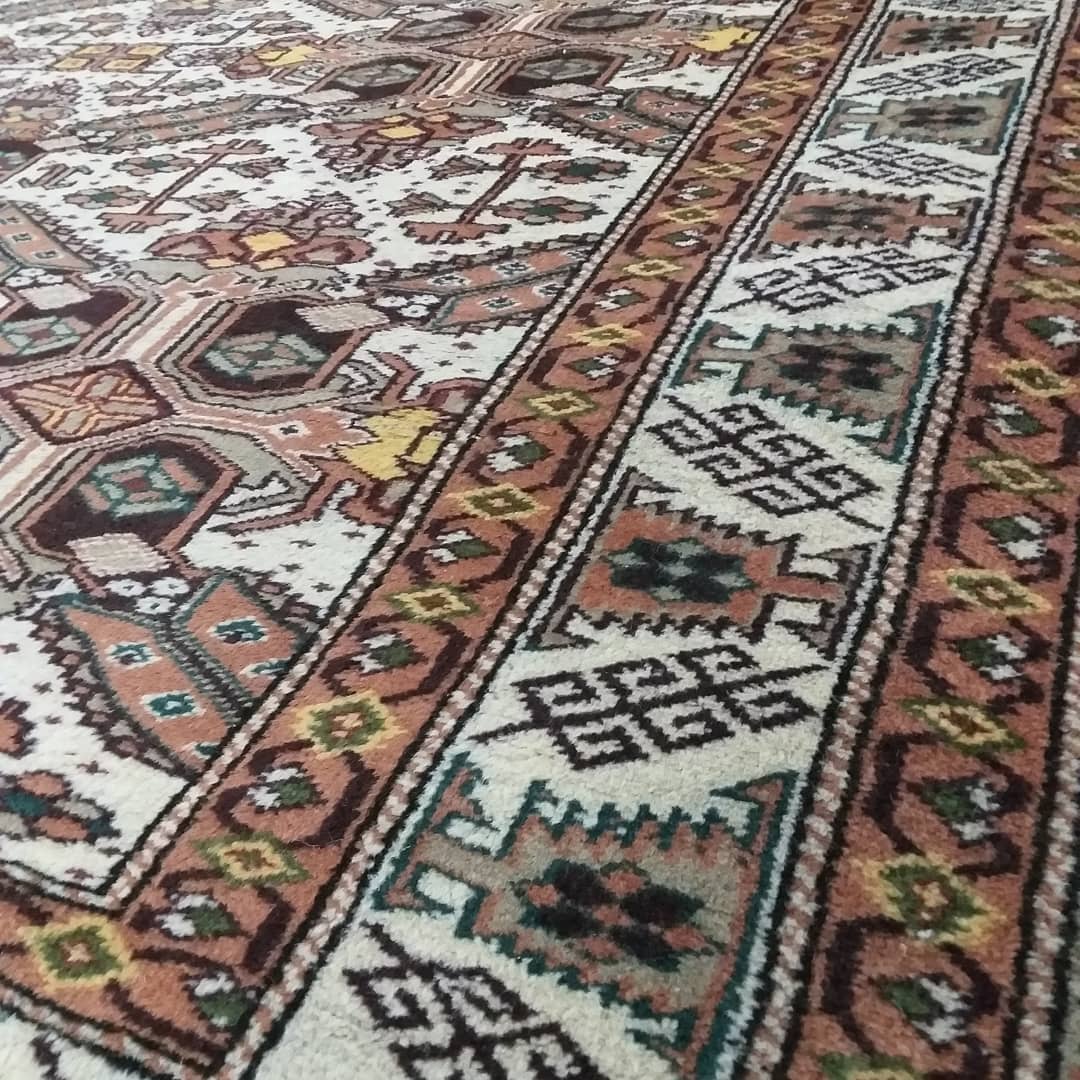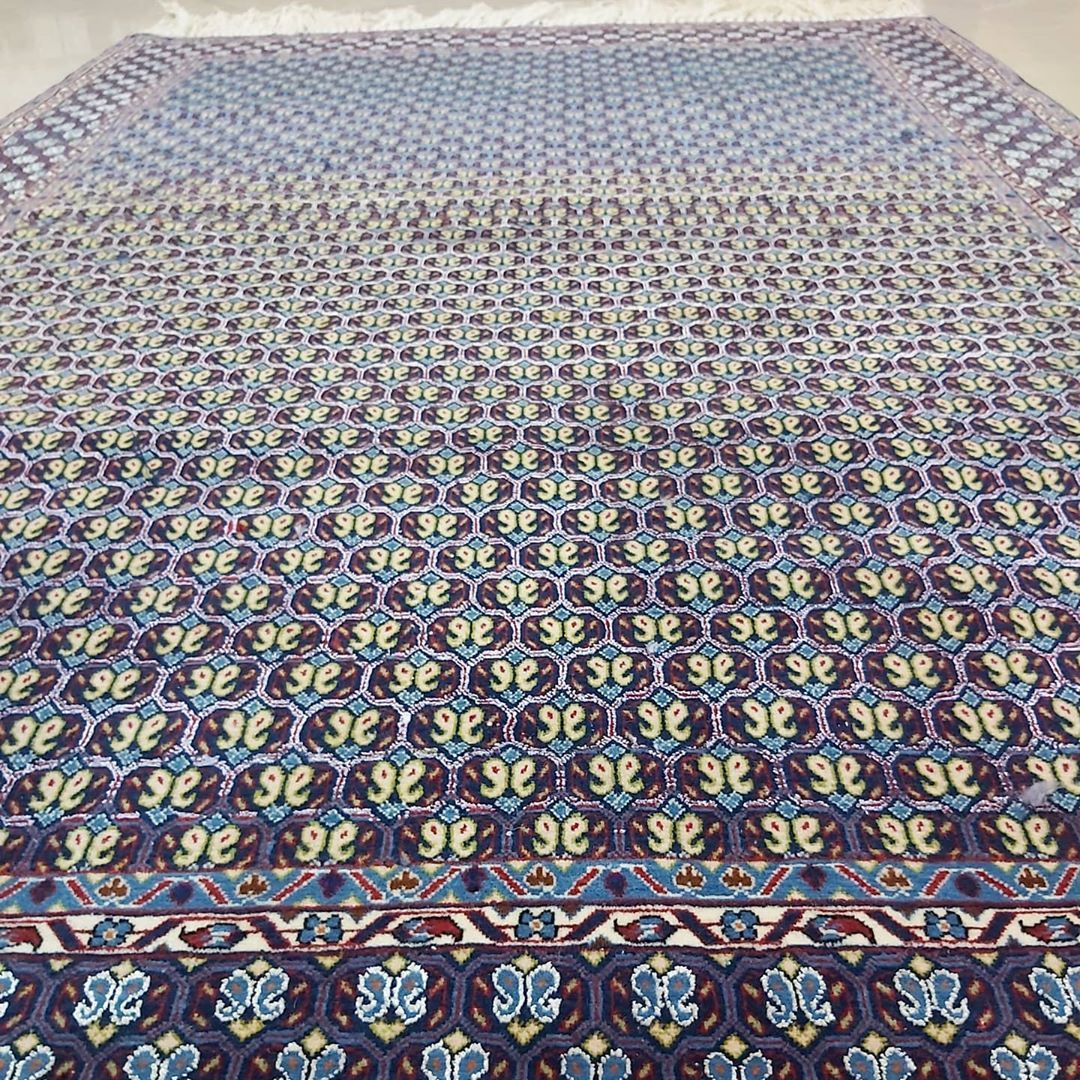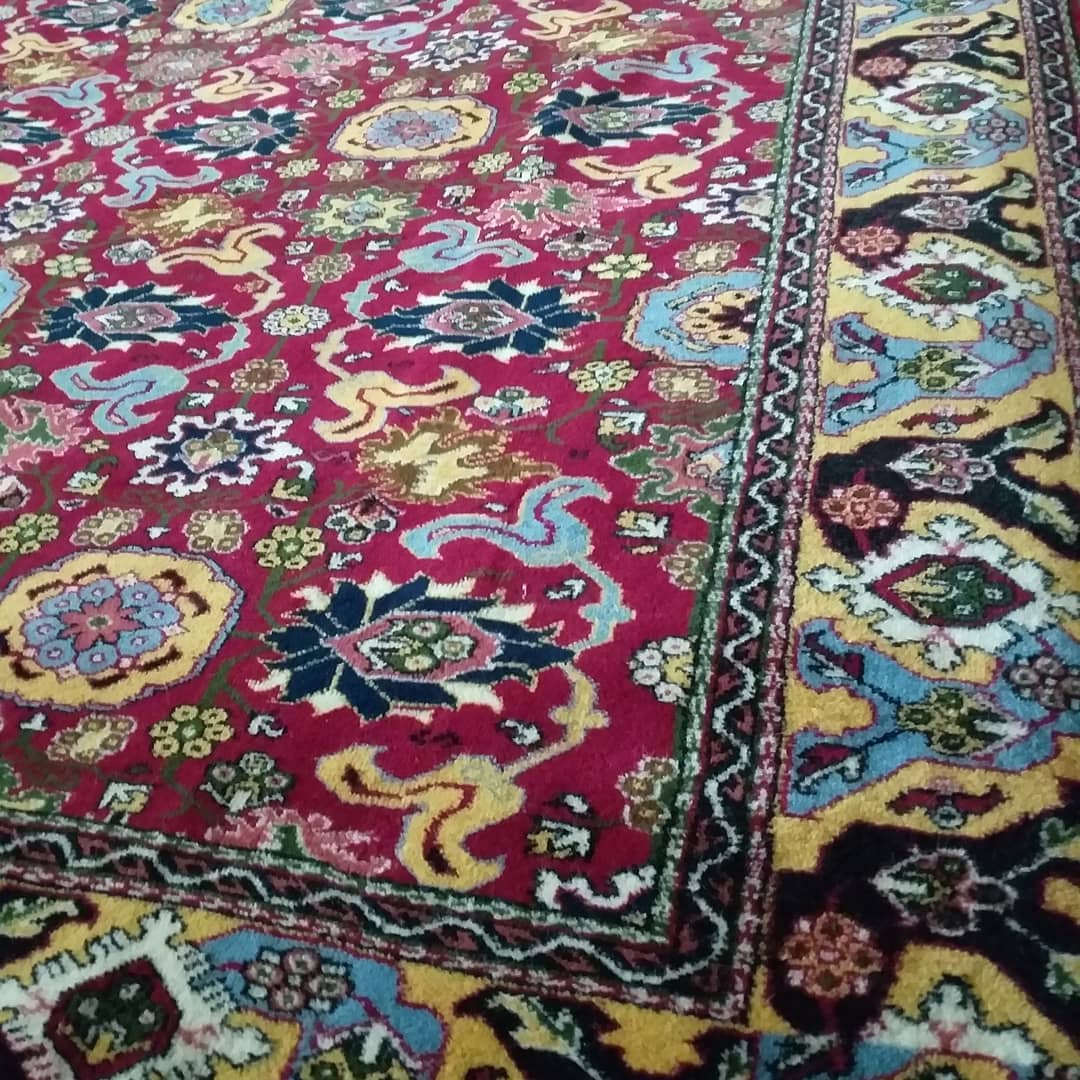What is Tapestry Used For?
Tapestry is a type of fabric that is very decorative in design, which was invented during the weaving process.
Generally, it is used to cover furniture, home walls, or floors. However, as a result of the new findings, it was understood that it was a type of fabric used during the production of clothes.
It is a type of fabric that can be used on almost any machine and is very efficient. In addition, It is encouraged in handmade products. It is also called upholstery and folding fabric. Finally, it is also worth noting that today it is still used to cover every item.
Techniques of Tapestry
Tapestry is a durable and useful fabric that can be used on any item. Technically it can be beautifully applied to every piece of furniture, sofa, or dress. Among these technical features, a double stitching technique used to knit scarf is also used.
This method, known all over the world, is applied differently for each Tapestry fabric. Even the color of the Tapestry fabric used for each object differs. Thin or thick warps on a finished tapestry product give information about the texture or strength of the fabric.
Since every tapestry fabric used in the world is different, every warp will give different results. In addition, it is necessary to experiment continuously to find the best technique for this product. Because it is impossible to understand the quality or usage features at once. Finally, it is worth noting that the frequency of use of Tapestry has increased all over the world.
Why choose Nomad Looms for your tapestry rugs?
Since 1975, our family business has always put the emphasis on the customer and his needs. Each of our clients has different demands and we are always happy to meet their expectations with a premium quality Vintage rug, as well as with an outstanding service.
Although our team has acquired a considerable amount of knowledge about authentic Vintage rugs, they are always on the lookout for new information, history and trends to better advise you and find the perfect handmade for your home. We have gained a reputation for quality and integrity, in which we take pride. Much like the antique Vintage rugs that we sell, our expertise of understanding and recognizing quality luxury rugs have been passed down through the years.
In store, be assured that our specialized team is there for you and will know how to advise you. Let your Nomad Loom visit become a treasure hunt to find a one-of-a-kind Vintage rug.
Service Area in Texas
- Dallas
- Fort Worth
- Arlington
- Plano
- Garland
- Irving
- McKinney
- Frisco
- Denton
- Richardson
- Dallas-Fort Worth Metropolitan Area (DFW area)
- San Antonio
- Austin
Any questions?
If you have questions about our Vintage rug selection, our services, or our prices, we invite you to contact us by phone or email. Our team will be happy to provide you with all the information you need. You can also stop by our Nomad Looms store in Dallas, Texas to see all these wonders with your own eyes!

